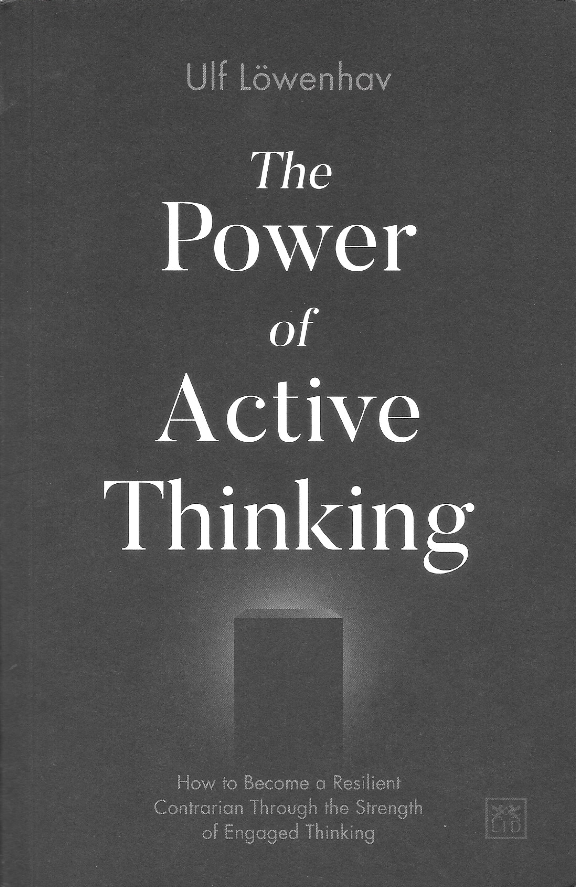The one sentence summary
You can become a resilient contrarian through the strength of engaged thinking.
WHAT THE BOOK SAYS

- The book is a call for enhancing consciousness in decision-making. It comes from the world of finance, but essentially reiterates the role of system 1 thinking. For a full review of this, search behavioural economics for all the other books on the topic. But briefly:
- System 1 passive thinking, or tacit knowledge, (in the back seat of the car) is 220,000 times more powerful than…
- System 2 active thinking (actually driving the car).
- System 1 accounts for, among other things, groupthink, confirmation bias, the halo effect, sunk cost bias, loss aversion, disaster neglect, availability bias, saliency bias, heuristic effects, self-interested bias, anchoring bias, overconfidence, tribalism, myths, power, narratives, gender and diversity bias, and mimetic behaviour.
- Our inherent behavioural abilities are impeded at work when it comes to social skills, recruitment decisions, trends, forecasts, symmetry, seduction (essentially any sales process), sustainability, and low awareness. We are influenced and biased in all these areas.
- The philosophy of active thinking recommended involves:
- Be a searcher, don’t rest on your laurels, but progress into new areas.
- Don’t be afraid of doing what has not been done before; resist traditions and don’t let established strategies control your potential.
- Don’t let others capture your agenda and always maintain control of purpose.
- Myths, tribalism and the power of branding all contribute to passive decision-making – all system 1 based. Fables, legends, history and paradigm myths form the backdrop to what we perceive to be true and pretty much take for granted, but most of it needs challenging.
- People use all sorts of narratives, including adjustment of the past, present and future; oppressed, clever, happy family, poverty, heritage, class, macho, tribal, and intellectual narratives. These are just chosen versions of ‘reality’.
- People like to think that we are thinking machines with some emotions, but we are more like emotions-in-motion with some computing skills. Decision-making is not a quantitative science.
WHAT’S GOOD ABOUT IT
- Branding has a strong connection to system 1, as it guides fast decision-making. The 3 Fs that guide us are:
- Fame: we recognise something, see the ones that are famous and ignore the rest. So we only evaluate what we recognise, which leads to bias.
- Feeling: relates to immediate, unconscious responses. Intuition drives us from the back seat.
- Fluency: the ability to find distinct differences between various options, allowing us to make decisions and take action.
- Tension is pressure and is a major component in all decision making. We see decision makers as ‘somewhat emotional’ analysts while they are actually ‘somewhat analytical’ emotionalists.
- External mediation makes us adjust our behaviour so that others are comfortable, but this simply reinforces groupthink, loss aversion and tribalism.
- Power works on 5 different levels: 1. Direct commands. 2. Agenda control. 3. Manipulation. 4. Group members controlling each other. 5. Reciprocity (giving something back).
WHAT YOU HAVE TO WATCH
- This comes mainly from the world of finance, so you need to apply the philosophy to your area of interest.
- Some people won’t feel comfortable going against the grain as a contrarian.
